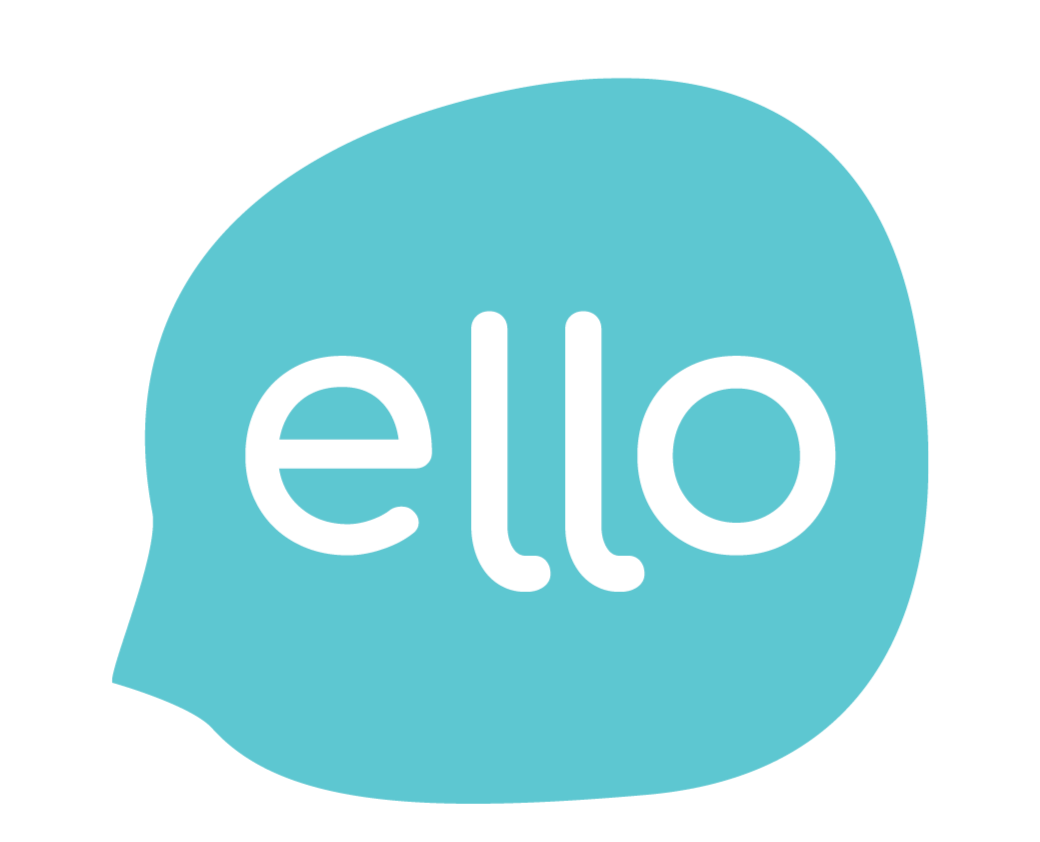Closing the Word Gap Through Community Action
- adamerow
- Jun 11, 2020
- 3 min read
Updated: Jul 5, 2020
Hello, ELLO!
Project ELLO: Everyday Language and Learning Opportunities has the overarching goal of increasing the number of quality, language-rich interactions between caregivers and young children. ELLO is derived from an established literature base (Campbell et. al, 2014; Dickinson, Golinkoff & Hirsh-Pasek, 2010; Greenwood et al. 2017; Hargrave, & Senechal, 2000; Pianta, La Paro, & Hamre, 2008; Zevenbergen, & Whitehurst, 2003; Zimmerman et. al, 2009) and connects with community spaces routinely accessed by families such as the grocery store, public transit, laundromats, banks, parks, or libraries. Resources encourage caregivers to talk with their children and are thematically tailored to familiar routines and community settings.
Why ELLO?
According to a 2012 report by the Brookings Institution, less than half of children from low-income families show up to school ready to learn; a disadvantage that persists into adulthood (Isaacs, 2012).
Much of this difference is attributed to what researchers are calling the “30 Million Word Gap” (Hart & Risley, 1995; Gilkerson et al., 2017).
Research suggests that by the time children are two years old, there is already a six-month gap in language comprehension between infants from higher-income and lower-income families, and by age four, the average child in a low-income family might have 30 million fewer words of cumulative experience than the average child in a high-income family (Hart & Risley, 2003; Fernald, Marchman, & Weisleder, 2013). Such disparity remains apparent throughout the school years, and linked with later academic proficiencies (Dickinson, Golinkoff & Hirsh-Pasek, 2010; Dickinson & Tabors, 2001; Snow, Burns, & Griffin, 1998).
Furthermore, research suggests that beyond the quantity of words to which a child is exposed, the quality of interaction and the number of conversational turns are the most important for brain development (Romeo, et al., 2017).
Evidence also suggests that knowledge of child development, rather than income or education level, is the strongest predictor of the frequency and quality of a mother’s communication with her child (Hart & Risley, 2003; Fernald, Marchman & Weisleder, 2013).
ELLO resources encourage caregivers to talk with their children throughout everyday routines using the framework QRST+: Question, Repeat, Stretch, Talk some more!
Enhancing familiar routines and community spaces (i.e., going to the grocery store, doing laundry, riding the bus) by intentionally embedding opportunities for conversations can empower all parents and caregivers to realize how much they have the ability to benefit their child’s life through something completely free, talking!

References
Dickinson, D. K., Golinkoff, R. M., & Hirsh-Pasek, K. (2010). Speaking out for language: Why language is central to reading development. Educational Researcher, 39(4), 305-310.
Dickinson, D. K., & Tabors, P. O. (2001). Beginning literacy with language: Young children learning at home and school. Paul H Brookes Publishing.
Fernald, A. Marchman, V.A., & Weisleder, A. (2013). SES differences in language processing skill and vocabulary are evident at 18 months. Developmental Science, 16(2), 234-238.
Gilkerson, J., Richards, J. A., Warren, S. F., Montgomery, J. K., Greenwood, C. R., Oller, D. K., & Hansen, J. H. (2017). Mapping the early language environment using all-day recordings and automated analysis. American Journal of Speech-Language Pathology, 26(2), 248- 265. doi: 10.1044/2016_AJSLP-15-0169
Greenwood, C. R., Carta, J. J., Walker, D., Watson-Thompson, J., Gilkerson, J., Larson, A. L., & Schnitz, A. (2017). Conceptualizing a public health prevention intervention for bridging the 30 million word gap. Clinical child and family psychology review, 20(1), 3-24.
Hargrave, Anne C, and Sénéchal, Monique. "A Book Reading Intervention with Preschool Children Who Have Limited Vocabularies: The Benefits of Regular Reading and Dialogic Reading." Early Childhood Research Quarterly.15.1 (2000): 75-90. Web.
Hart, B., & Risley, T.R. (1995). Meaningful differences in the everyday experience of young American children. Paul H Brookes Publishing.
Hart, B., & Risley, T. (2003). The early catastrophe. American Educator, 27(4), 6-9. Isaacs, J.B (2012). Starting School at a Disadvantage: The School Readiness of Poor Children. The Social Genome Project. Center on Children and Families at Brookings.
Lahey, J. (2014, October 14). Poor Kids and the “Word Gap’ The Atlantic. Retrieved July 22, 2016,from http://www.theatlantic.com/education/archive/2014/10/american-kids-are-starving-for-words/381552/
Pianta, R. C., La Paro, K. M., & Hamre, B. K. (2008). Classroom Assessment Scoring SystemTM: Manual K-3. Paul H Brookes Publishing.
Romeo, Rachel & Leonard, Julia & Robinson, Sydney & West, Martin & Mackey, Allyson & Rowe, Meredith & Gabrieli, John. (2017). Beyond the 30-million-word gap: Children’s conversational exposure is associated with language-related brain function. Psychological Science. 29. 10.1177/0956797617742725.
Snow, C. E., Burns, M. S., & Griffin, P. (Eds.) (1998). Preventing reading difficulties in young children. Washington, DC: National Academies Press.
Zevenbergen, Andrea A, Whitehurst, Grover J. "Effects of a Shared-reading Intervention on the Inclusion of Evaluative Devices in Narratives of Children from Low-income Families." Journal of Applied Developmental Psychology. 24.1 (2003): 1-15. Web.
Zimmerman, F. J., Gilkerson, J., Richards, J. A., Christakis, D. A., Xu, D., Gray, S., & Yapanel, U. (2009). Teaching by listening: The importance of adult-child conversations to language development. Pediatrics, 124(1), 342-349.

Comments